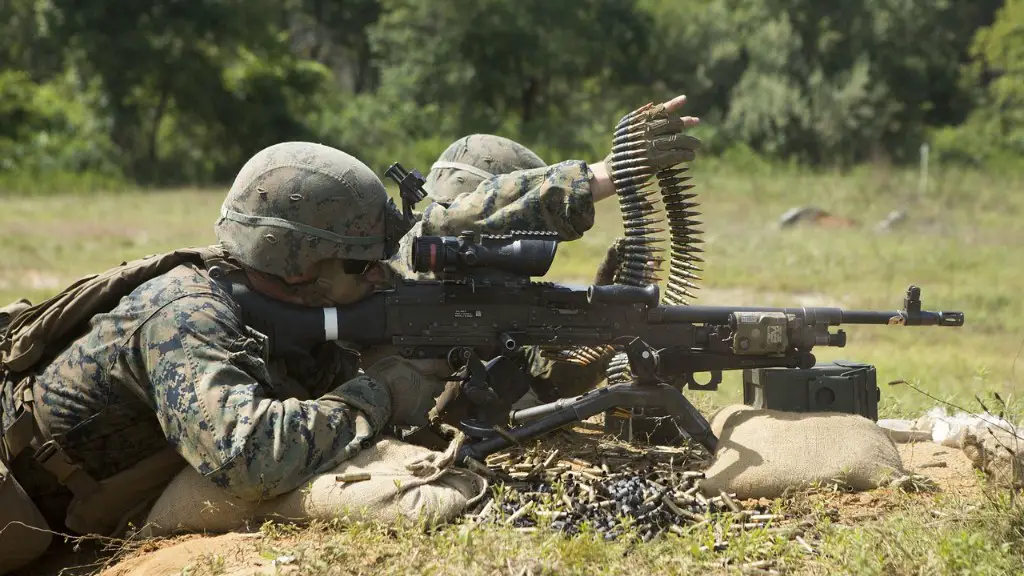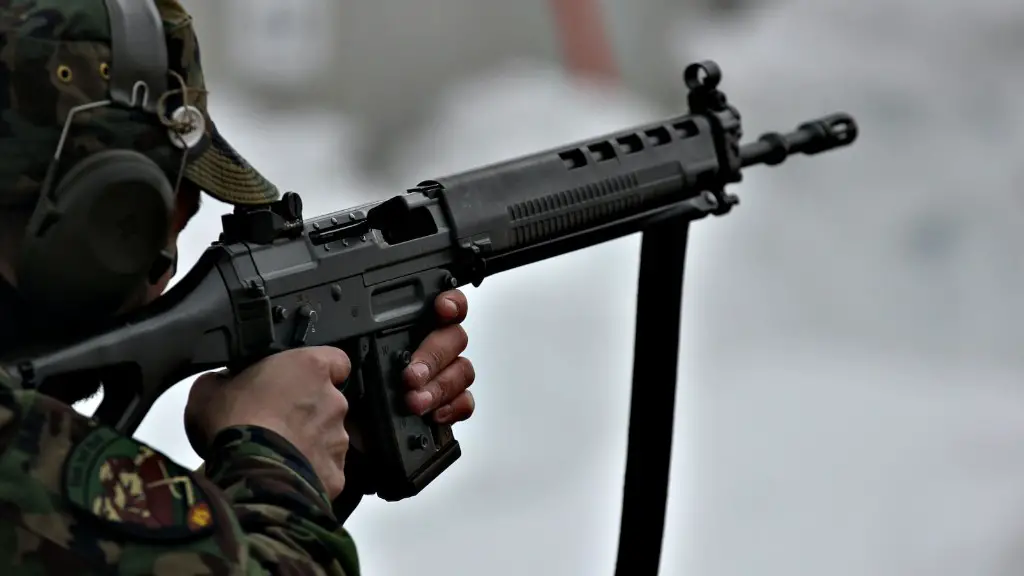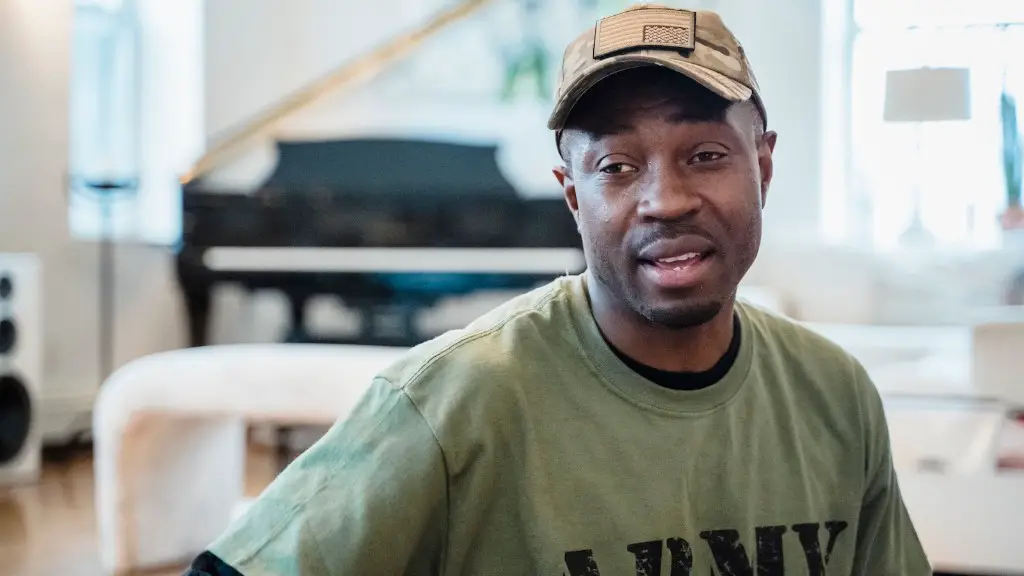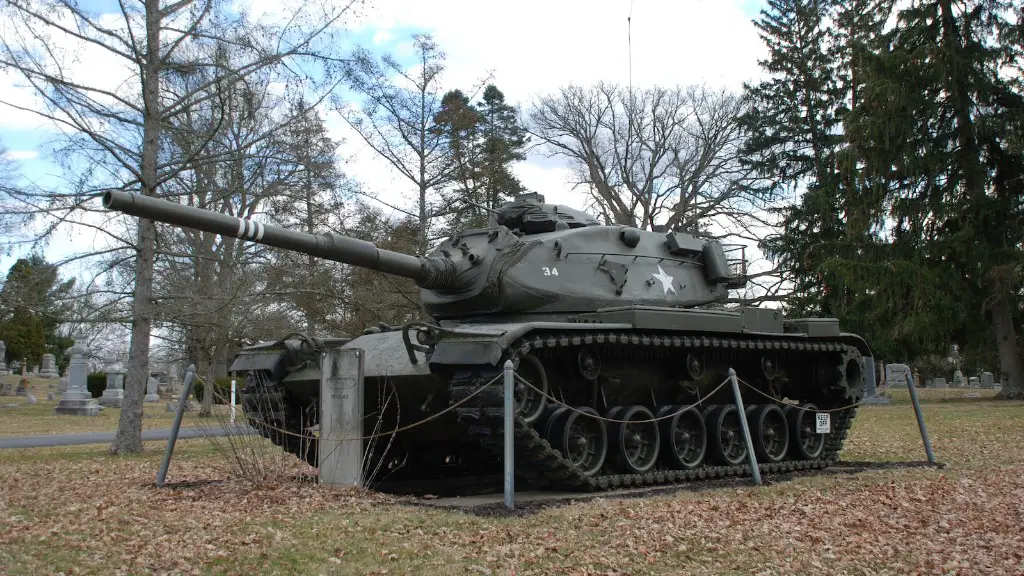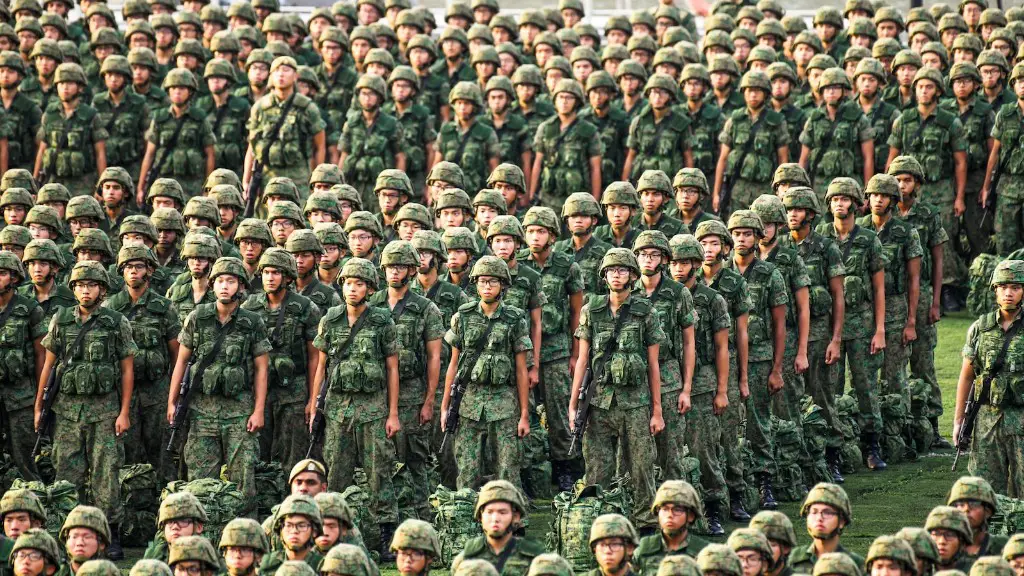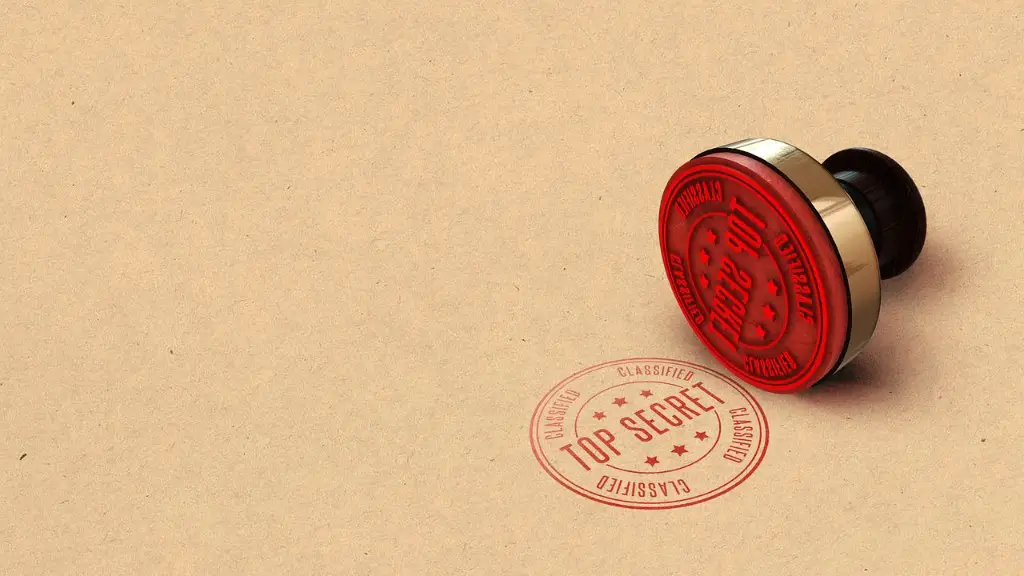A US Army veteran is allowed to wear his uniform under certain circumstances. The US Army Code of Conduct prohibits the wearing of the uniform for “any purpose that tends to bring dishonor or disrepute” to the Army. Additionally, the uniform may not be worn while the veteran is engaged in any activity that is illegal or contrary to Army values.
A retired United States Army veteran is allowed to wear their uniform if they choose to do so. There are some exceptions and regulations that need to be followed, such as getting permission from the local commander if the veteran plans on wearing their uniform in a public setting.
Can veterans wear their military uniform?
A person who is discharged honorably or under honorable conditions from the Army, Navy, Air Force, Marine Corps, or Space Force may wear his uniform while going from the place of discharge to his home, within three months after his discharge.
A retiree may wear the uniform of his or her respective branch while in retired status. The uniform is authorised for wear on special occasions such as parades, memorial services, and other patriotic or military functions.
What uniform can Army veterans wear
The Service Dress Uniform may only be worn at formal events; no other uniforms are allowed. For non-formal events, veterans are allowed to wear other working uniforms as deemed appropriate for the occasion.
The uniform may be worn at the following events: military funerals, weddings, memorial services, inaugurals, patriotic parades on national holidays, other military parades or ceremonies.
Can veterans salute out of uniform?
The military salute is a sign of respect and gratitude towards members of the armed forces and veterans. It is a gesture of appreciation for their sacrifices and service to the country.
The National Defense Authorization Act of 2008 contained an amendment to allow un- uniformed service members, military retirees, and veterans to render a hand salute during the hoisting, lowering, or passing of the US flag. This amendment was created in order to show respect to those who have served or are currently serving our country.
Is it illegal to wear a military uniform if you’re not enlisted?
Doing so is considered a violation of the Uniform Code of Military Justice and can result in a fine and up to six months in jail.
The United States Code is very clear on who is allowed to wear a military uniform. Section 771 of the code specifically states that only those who have served in the armed forces are allowed to wear the uniform. This is a privilege that is not available to civilians who have never served.
Can you wear a military uniform to a non military funeral
The Military has a dress uniform for many occasions, including those where civilians are also dressed in formal attire. The dress uniform is always appropriate for any formal occasion.
Veterans are allowed to wear their uniforms during special occasions that are related to their military service or family events. This includes occasions such as military funerals, weddings, etc.
Can an ex soldier wear uniform?
As a general rule, veterans are no longer permitted to wear their uniforms once they’re no longer on active duty, as they are then classed as civilians. Royals with military titles, however, are able to.
Retired personnel are not allowed to wear their uniforms at all times. They can only wear them during ceremonies or official functions. The uniforms must be in good taste and appropriate for the occasion.
Do veterans get a flag when they retire
This is to inform you that upon the release of a member of the Army from active duty for retirement, the Secretary of the Army shall present a United States flag to the member.
A salute is a gesture of respect, typically involving the raising of one’s hand to the head, that is often used to greet or acknowledge military personnel. While renderi
ng a hand salute is considered to be a sign of respect, there is etiquette involved that should be followed. As a civilian, it is not recommended to salute soldiers as a way to honor a current or former member of the military.
Can a veteran salute at a funeral?
There is no rule stating civilians cannot salute at a military funeral, but it is generally considered disrespectful to do so. This is because saluting is a gesture of respect and reverence that is typically reserved for active and former military personnel. If you are not sure whether or not it is appropriate to salute, it is best to err on the side of caution and refrain from doing so.
The Department of Defense Instruction 134401 states that active-duty members, prior service members and retirees are not allowed to wear their uniform when participating in activities that might imply military support. This includes unofficial public speeches, interviews, picket lines, marches, rallies or any public demonstration.
Can a veteran get a free flag
The United States Flag is a symbol of our country’s freedom and liberty. It is also a reminder of the sacrifices made by our men and women in uniform. The flag is provided, at no cost, to drape the casket or accompany the urn of a deceased Veteran who served honorably in the US Armed Forces. This is just a small way to show our gratitude for their service and sacrifice.
Federal law authorizes veterans to salute the flag in several situations: The Pledge of Allegiance (Title 4 USC section 4), During hoisting, lowering, or passing of the American flag (Title 4 USC section 9), National Anthem (Title 36 USC section 301).
Conclusion
Yes, a United States Army veteran can wear his uniform.
There is no definitive answer to this question as the regulations surrounding the wearing of military uniforms are constantly changing and evolving. However, as a general rule, army veterans are allowed to wear their uniforms in public on certain occasions, such as parades or memorial services.
